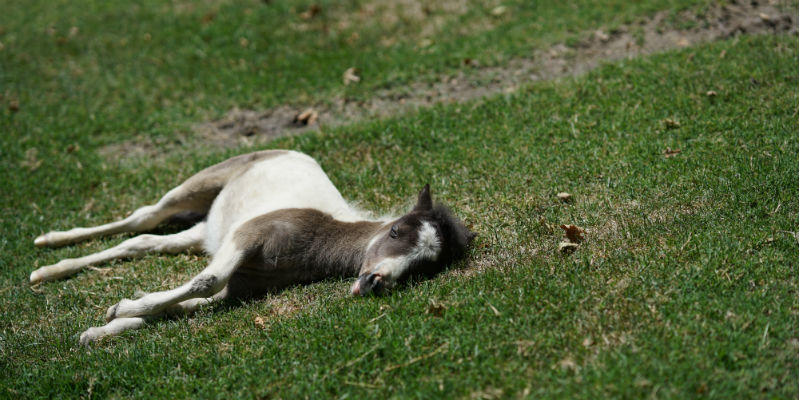That’s right. Instead of getting the traditional seeing eye dog, a lot of people in the blind community are getting guide horses. They are provided by The Guide Horse Foundation. The foundation was founded in 1999 to provide miniature horses as assistance animals to blind users living in rural environments. There are several perceived advantages to using a horse rather than a dog. Miniature horses, with an average lifespan of thirty years, live much longer than dogs, and for those allergic to or frightened of dogs, a horse could make a good alternative. However, while a dog can adapt to many different home situations, a horse must live outdoors, requiring a shelter and room to move about when not on duty.
Training Guide Horses
The process of training a guide horse is rigorous and takes about eight months for each horse. Initially, the horse is trained in basic lead work, in which the horse is taught to move at the speed that the handler commands and to navigate common obstacles. On average, miniature horses may live one-third longer than large horses. Miniature horses chosen for assistance horse training weigh approximately 55–100 pounds.
Eyesight is vital for a guide animal for blind users. Horses generally possess excellent vision. With eyes placed on the sides of their heads, they possess nearly 350 degree vision, are sensitive to motion in their field of vision, and often detect a potential hazard before their sighted trainers. Horses also have excellent night vision and can see clearly in almost total darkness. Read our blog to find out more on miniature horses. Looking for a horse property? Contact Colorado Horse Property today and talk to one of our horse-person realtors.

